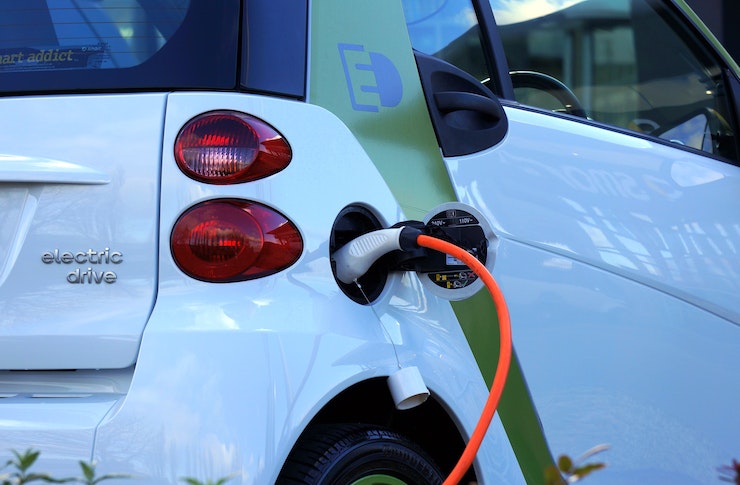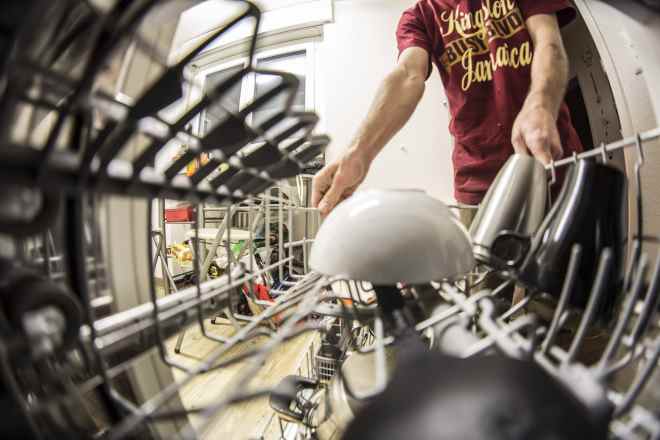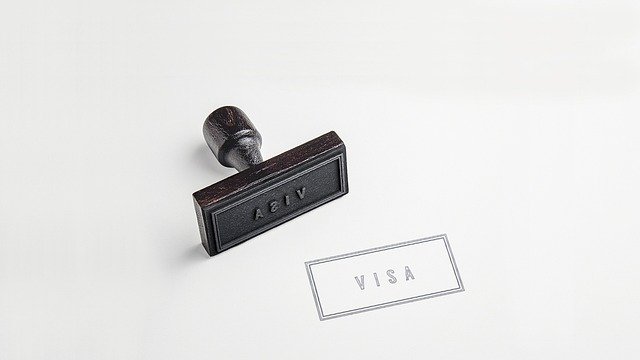Shifting Gears: The Intricate Dance of Dual-clutch Transmission
Engines revving, tires screeching, and a seamless exchange of power—the fascinating world of dual-clutch transmissions. This article delves into the mechanics behind these advanced automotive systems and their ever-evolving role in shaping driving experiences worldwide.

Keeping Pace with Power: Dual-clutch Transmission History
Dual-clutch transmissions (DCTs) have a rich history that dates back to the early 20th century. Inventor Adolphe Kégresse, best known for his work on the renowned Kégresse track, initially conceptualized the DCT in the 1930s. However, it wasn’t until the late 1980s that the technology began to take root in the automotive world.
The first patented DCT was the Porsche Doppelkupplungsgetriebe (double-clutch transmission), introduced in the Porsche 956 and 962 Le Mans race cars. This advanced system allowed for instantaneous gear shifting, providing a significant competitive edge on the racing circuit.
The Dual-clutch Advantage: A Technological Leap
A DCT essentially combines the best traits of manual and automatic transmissions. It employs two separate clutches for odd and even gear sets, allowing for pre-selection of gears. This facilitates near-instantaneous gear changes, minimizing power loss and significantly enhancing driving dynamics.
The DCT’s advantage lies in its ability to offer manual transmission-like control and efficiency while maintaining the ease and convenience of automatic transmission. It’s also known for its significant contribution to fuel efficiency, thanks to its ability to keep the engine in its most efficient revolutions per minute (RPM) range.
The DCT Landscape: Current Trends and Insights
While DCTs have largely been associated with high-performance sports cars, they are now finding their way into more mainstream models. Manufacturers are increasingly implementing this technology to enhance fuel efficiency and driving dynamics in regular commuter cars.
Moreover, there’s a growing trend towards the development of hybrid DCTs, blending electric motor technology with dual-clutch systems. These hybrid DCTs present an exciting frontier in the automotive world, promising unparalleled fuel efficiency and power delivery.
The Dual-clutch Challenge: Understanding Its Impact
Despite its numerous benefits, the DCT isn’t without its challenges. It’s often criticized for its high cost and complexity. DCT systems are more expensive to manufacture and maintain than traditional transmissions, which has limited their widespread adoption.
Additionally, some drivers find DCT-equipped cars less smooth in low-speed scenarios, such as city driving or parking. The technology’s inherent complexity also leads to more expensive repairs if something goes wrong.
The Future of Dual-clutch Transmissions
As technology continues to evolve, the role of the DCT is set to expand further. With improvements in manufacturing processes and advances in hybrid technology, the dual-clutch transmission may become an even more prominent feature in the cars of tomorrow.
The DCT offers a fascinating glimpse into the intersection of power, efficiency, and technological innovation in the automotive world. Its story is a testament to the relentless pursuit of performance and precision that drives the industry forward. Past, present, and future—the dance of the dual-clutch transmission continues.




